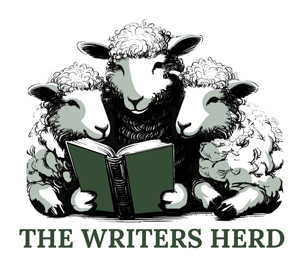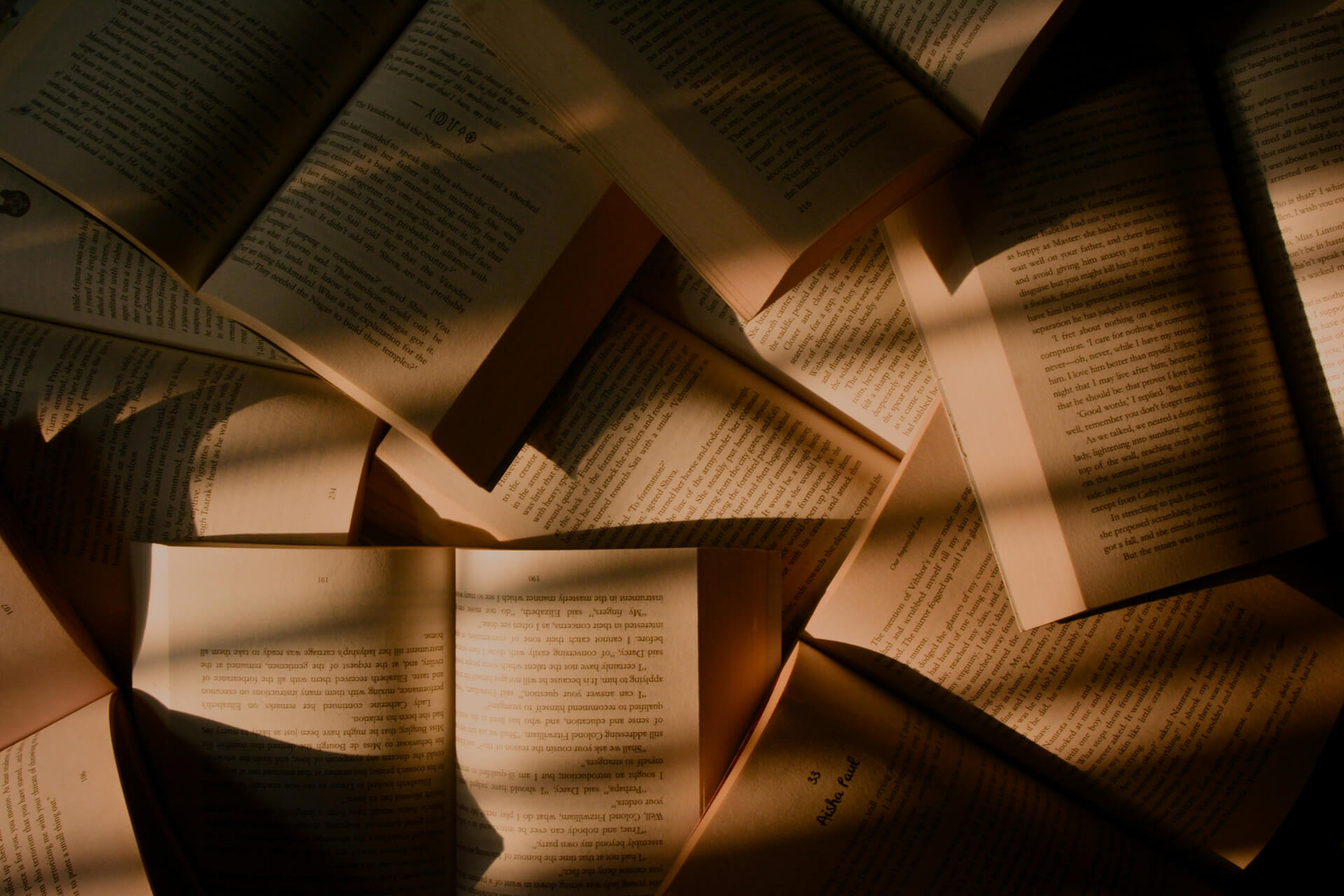“It’s your gift, Bunny. You’re wonderfully brave. I love you.”
“I love you, Bunny.”
I watch them all hug each other, covered in rabbit guts. Their pink bodies framed by my own rabbit eyes. It’s sweet, I think. They’re nice people.”
Synopsis
Samantha Mackey feels like an outsider at her elitist university, but when a clique of rich girls (who all call each other “Bunny”), invite her to one of their writing evenings, she finds herself falling down the rabbit hole of the dark sides to female friendship and the exhaustion of creating a magnum opus.
If this dark, surreal exploration of friendship intrigues you, find it here:
The Dark Side of Friendship, Bunny
In Bunny, Awad focuses heavily on critiquing female friendships—how, from an outside perspective, they can be perceived as weirdly sexual simply due to their closeness. However, within that same critique, she also interrogates fake friendships, such as those portrayed in the noughties classic Mean Girls. Awad writes: “Temple rubbing against temples in a way that made me think of labial rubbing of the bonobo or the telepathy of beautiful, murderous children in horror films.” This line highlights the uncanny weirdness of their closeness, the strange, almost sexual intimacy, which feels false and unsettling to Samantha before she becomes one of the Bunnies.
Once Samantha becomes one of the Bunnies, the opening of Part Two mirrors the first, but now, she’s part of the ritual. “We close our eyes the better to feel each other’s bodies. We form a hot little circle of love and understanding. We press our faces into our faces, our cheeks against our cheeks.” Beyond the connection between Samantha and the Bunnies, the language Awad uses exaggerates this transition. Rather than being grammatically correct or literal, Awad uses her nonsensical ambiguity to highlight the strangeness of the friendship, and how Samantha has been assimilated into the group.
Kill Your Darlings, Bunny
A large aspect of Bunny is its focus on horror and writing. Samantha is a Creative Writing student at Warren University (a pun, I’m sure, well intended), and she’s struggling to find inspiration, battling writer’s block. When she receives an invite to the Bunnies’ Smut Salon—their private writing workshops, Samantha is hesitant to attend. But when she does, she realises the truth behind the phrase “Kill your darlings.”
Awad’s absurd writing style, mixed with her love for gore, works perfectly in Bunny, shown most artistically in the Smut Salon scenes. She builds tension and horror with deceptively simple sentences like: “From behind the closed door, we hear more screams,” followed immediately by: “Don’t worry, Bunny, they tell me, patting all my hands, which they found so, so easily. First Drafts. Part of the Process. Sometimes you have to kill your darlings, don’t you? In fact, that’s what we sometimes call them. Darlings. Kill?”
This hybrid writing style that Awad employs so well throughout the book highlights the absurdity of the situation—and yet, somehow, it still manages to keep the story grounded in a strange kind of reality. As a result, you’re constantly questioning whether what you’re reading is actually happening or just something imagined in your own head, and what’s great is that Awad never tells you.
A Bit Rich, Bunny
Samantha attends an incredibly elitist university. Her writing workshops are only frequented by four people, including herself. Her other classmates are “a clique of unbearably twee rich girls” who believe that being poor and depressed is “good for writing.” They mock other students—like Jonah, an almost-friend of Samantha’s, claiming his poetry is only good “because he’s so fucked up.” To the Bunnies, being poor is a “quirky trend” that allows them to create pretentious pieces of creative writing, without the actual suffering that their privilege protects them from.
Cupcake (the nickname for one of the girls) hosts the Smut Salon. As Samantha stands outside, plucking up the courage to enter, she comments on the surroundings:
“Her neighborhood is obscenely beautiful. […] off a poshly quaint street lined with bistros that offered champagne by the glass.” This moment emphasises the wealth of the Bunnies in comparison to Samantha—who lives on a street that “smells of sad man piss,” and classmates like Jonah. With this in mind, the Bunnies invite Samantha to the Smut Salon not out of kindness, but because she “has the gift”, which will help create their darlings. Without divulging too many spoilers, it becomes clear that Samantha’s financial and emotional struggles are what power the Bunnies’ magnum opus—their darlings.
Once again, in the Smut Salon scenes, Awad fuses horror, the dark side of female friendship, and the critique of privilege. One example is when Samantha is given a weird drink made of unknown ingredients. She lies and says she likes it but is immediately called out. Presented with the opportunity to tell the truth, she instead doubles down and lies further—choosing to fit in with the Bunnies rather than stand out. The Bunnies laugh: “Oh, Samantha. We are so glad you’re here.” The falseness is obvious, and yet Samantha still craves their approval. She is rewarded with the feeling of closeness among a group of false friends, in a room where “a mysterious rosy-golden light shines down on all of them.”
Overview
Bunny is one of those books that’s difficult to explain or describe—it’s something you really have to experience for yourself. Awad’s absurd style of writing makes the reading experience constantly shifting, often disorienting, and at times a struggle to fully comprehend what’s going on, but that’s the entire point. The story follows a character who is slowly losing her grip on reality, so the linguistic and grammatical choices Awad makes elevate that experience, pulling the reader along with the plot.
Her critique of fake female friendships and the darker sides of intimacy, alongside her commentary on privilege and elitist academic environments, makes Bunny a very secure four-star read.
Have you read this book?
We would love to hear your thoughts on this book, perhaps you agree with our review, or, disagree?





